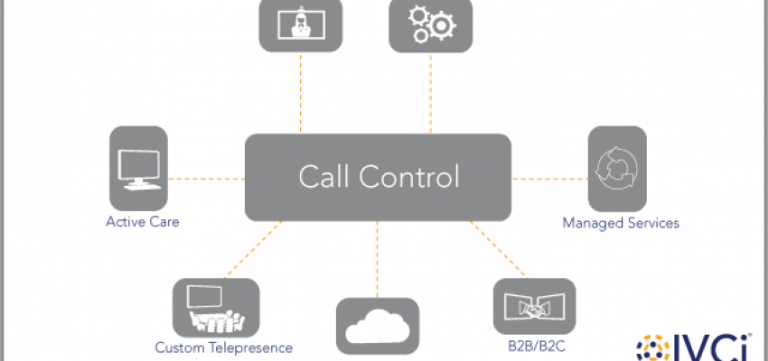Everything You Need To Know About Call Control
What is Call Control?
Call control, by definition, is the process used in communication networks to connect, maintain, route, and terminate connections between endpoints. It is a tool by which organizations can achieve different features or results.
What Does Call Control Do?
Call control provides intelligent traffic and routing and is required for communication beyond point-to-point IP dialing; meaning you have to remember and then enter a 12 digit IP address to connect over video. Here are the tops ways call control can enhance an organizations collaboration environment:
- Enable External B2B & B2C Collaboration: Call control provides an easy and secure way to connect with business partners and customers located outside of the network. It allows internal users to stay behind a firewall while still connecting over video allowing users to connect with anyone.
- Mobile & BYOD Communication: Call control allows voice or video calls to be routed to multiple devices simultaneously. For example, a call can ring on my desk phone, desktop client and iPhone and I can answer on the device I have available. If I am at my desk I can answer via my desk phone, at home I can answer via my desktop client, and if I’m on the road I can answer via my mobile phone. This eliminates the need for multiple phone numbers.
- Unify Disparate Communication Platforms: Call control provides a link between voice, video, IM & Presence clients and allows users to collaborate seamlessly among these applications. For example, colleagues can initiate a conversation through IM then switch over to an audio or video call with the click of a button.
- User Friendly Dial Plan: Instead of dialing a phone number or video IP address, users can simply click on name and automatically connect to the call. This can be formatted in a name@company.com address for external video calls and can be added to a global phonebook for internal users.
How Do I Get Call Control?
Call control is not a box with a vendor’s name on it; it is a process that can be performed by several different types of architecture. Determining call control technology depends on the use case and application. Ask yourself the questions below:
- Do you have existing video endpoints or are you looking to purchase them?
- Do you wish to communicate with business partners and customers who are external to your network?
- What are the call patters? Are they point-to-point or multipoint?
- Do you use IP, H323ID/Alias or SIP URI Dialing?
- Are voice and video platforms integrated? Is this an objective?
Based on the answers to those questions, a visual collaboration technology partner can recommend the appropriate device. These can include Cisco BE6K, Cisco Collaboration Edge, Polycom Cloud Axis and Polycom DMA.
If you’re interested in learning more about call control or how IVCi can enhance your visual collaboration or unified communications experience tweet us @IVCiLLC.



